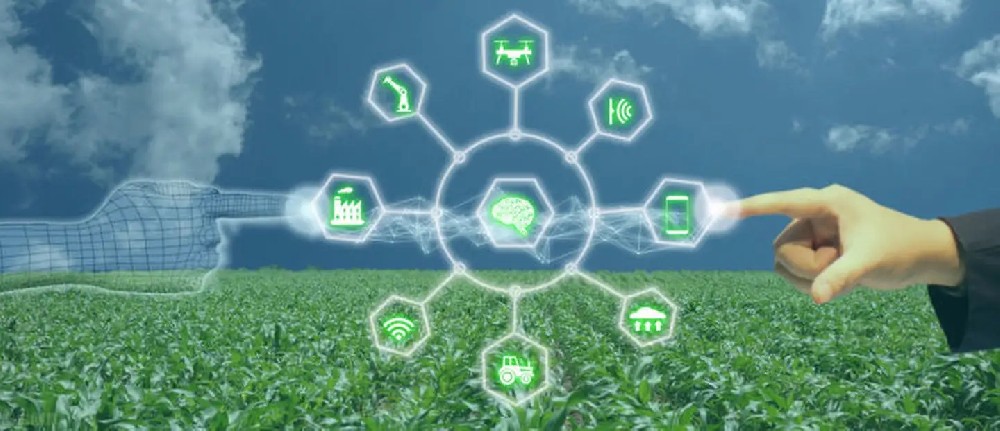

— Blogs —
—Products—
 Consumer hotline +8618073152920
Consumer hotline +8618073152920 WhatsApp:+8615367865107
Address:Room 102, District D, Houhu Industrial Park, Yuelu District, Changsha City, Hunan Province, China
Product knowledge
Time:2022-04-10 21:15:54 Popularity:648
traditional agriculture
Under natural economic conditions, artificial and animal power are used. Hand tools, ironware, etc., relying on the sky for food, are greatly affected by natural disasters, and the output value is low;
modern agriculture
Introduce modern industry. With modern science and technology and modern management methods, machinery replaces human and animal power, and it costs real labor;

Smart Agriculture
An intelligent, visualized and automated agricultural method centered on big data. Provide suitable growth environment for crops, intelligent integrated management, save labor, increase income and yield;
Smart agriculture is an emerging industry, and the agricultural Internet of Things has become a hot word on the Internet in recent years.
The intelligent agricultural Internet of Things system is to apply the Internet of Things technology to traditional agriculture, and use sensors and software to control agricultural production through a mobile platform or a computer platform.
For environmental monitoring and control in the greenhouse, the parameters such as temperature, humidity, light, carbon dioxide, etc. in the greenhouse are collected through network technology and sensors and transmitted to the computer mobile terminal. Management, when the temperature is high or low, you can use the mobile phone or computer to turn on the fan or quilt control with one key;
Commonly used intelligent IoT systems are:
1. Greenhouse intelligent control: For the normal and effective operation of the greenhouse, monitor the temperature and humidity, light, and other parameters in the greenhouse or the greenhouse, and remotely control the temperature and humidity, light, fan, quilt, etc. of the greenhouse, saving time, labor and labor;
2. Water and fertilizer integration system: This system monitors soil moisture, analyzes pipeline capacity and flow, and irrigates crops reasonably with water and fertilizer, so as to achieve the purpose of saving water, fertilizer, and environmental protection;
3. Daejeon Meteorological Station: To study the small weather of farmland by monitoring the important parameters of the environment. The main significance is to find measures to improve the environmental conditions of crops through the analysis of the distribution and change characteristics of various elements of farmland microclimate meteorology, so that these microclimate conditions are conducive to the growth and development of crops and improve yield;
There are many smart agricultural IoT systems, such as soil moisture monitoring systems, intelligent livestock breeding systems, etc.
Related recommendations
Sensors & Weather Stations Catalog
Agriculture Sensors and Weather Stations Catalog-NiuBoL.pdf
Weather Stations Catalog-NiuBoL.pdf
Related products
 Combined air temperature and relative humidity sensor
Combined air temperature and relative humidity sensor Soil Moisture Temperature sensor for irrigation
Soil Moisture Temperature sensor for irrigation Soil pH sensor RS485 soil Testing instrument soil ph meter for agriculture
Soil pH sensor RS485 soil Testing instrument soil ph meter for agriculture Wind Speed sensor Output Modbus/RS485/Analog/0-5V/4-20mA
Wind Speed sensor Output Modbus/RS485/Analog/0-5V/4-20mA Tipping bucket rain gauge for weather monitoring auto rainfall sensor RS485/Outdoor/stainless steel
Tipping bucket rain gauge for weather monitoring auto rainfall sensor RS485/Outdoor/stainless steel Pyranometer Solar Radiation Sensor 4-20mA/RS485
Pyranometer Solar Radiation Sensor 4-20mA/RS485
Screenshot, WhatsApp to identify the QR code
WhatsApp number:+8615367865107
(Click on WhatsApp to copy and add friends)